Apple offers a wired and wireless version of Apple CarPlay, and while each version offers a near-identical experience from your iPhone, there are pros and cons to each. Here are the pros and cons of both.
Apple's CarPlay has been a feature on iPhone for the past decade, and during its time, it has been updated and fine-tuned to offer different ways to interact with your media while keeping your eyes on the road. In 2015, the wireless version was introduced, but it still has a low adoption rate among car manufacturers due to only being available in higher-end models of vehicles.
Wired CarPlay came first when introduced to the public, but wireless CarPlay provides more freedom. Newer doesn't always mean better, though, and both have their advantages and disadvantages to them.
Wired CarPlay
When CarPlay was introduced at WWDC 2013, it was initially called iOS in the Car and worked when you plugged your iPhone into the appropriate USB port located in the front area of the vehicle. It allows you to connect your iPhone directly to your car and replace the current user interface with Apple's version, which allows you to access your media, messages, and contacts in a safer and more convenient way.
Wired CarPlay is still the dominant version of the feature. While it may not be the newest and most convenient version of the feature, there are some advantages and disadvantages versys wireless CarPlay.
Wired CarPlay pro - Charging while driving
To use CarPlay in vehicles that require a wired connection, you must plug your iPhone into the designated USB port. This wired connection provides an inherent advantage — the iPhone is charging any time CarPlay is in use without the use of any other accessories.
Since plugging in a cable is required for wired CarPlay, the driver is less likely to forget to charge their device while driving. Wireless CarPlay users can also use wired or wireless charging while driving, but it requires them to remember to do so.
Also, wireless charging pads may not be available in some car models unless you pay more for them to be added, and if you have a thick phone case or an iPhone that doesn't support wireless charging, then you are out of luck.
Wired CarPlay pro - Smooth audio sync
While Bluetooth has improved over the years, it is still not at the same level as a wired connection. Audio that comes from your iPhone will precisely sync over your car's audio system without any lag or disruptions.
Your iPhone will try to sync video and audio, but some wireless CarPlay adapters may introduce enough lag between the iPhone and the speakers that video won't match up. A wired connection is great when watching media when the car is parked and the sound you hear will match up with the visuals you see.
A wired connection also supports Lossless Audio, which may enhance your listening experience depending on the sound system.
Wired CarPlay pro - More reliable connection
Unexpected disconnection is not a common occurrence, but it can happen once in a while, and it can be a hassle to get it working again. Most vehicles will deny you from trying to reconnect while the car is in motion, making you have to pull over and figure out why the connection failed.
You can connect to Bluetooth audio, but the experience is not the same and limits the functionality you had when using CarPlay.
If you were following mapping directions when the connection failed and do not have a car mount for your phone, it can be inconvenient and somewhat dangerous to start looking at the phone display. This is just one of several issues that can arise from a lost CarPlay connection.
A wired connection stays secure and ensures that your audio will continue to play through your car's speakers. Even if the connection fails, a quick unplug and re-plug usually fixes the problem.
Wired CarPlay con - Lack of range
Wired CarPlay will limit the range you can use your iPhone while not driving. Though you shouldn't be using your phone while driving, if you are parked and want to utilize your phone — while still listening to music — it may be difficult to do.
Some ports that you need to plug your iPhone into may be hidden under compartments or in the center console — making the activity of using your iPhone while it is connected to CarPlay more difficult to do.
An area that this could be seen as difficult is when you are in the car with other people, and someone in the back seat — or even in the passenger seat — wants to control the music from your phone but cannot due to it being plugged in. Unplugging and replugging your phone is an option, but it becomes annoying to have to do so each time. You could purchase a longer wire, but having the excessive cable length may become unorganized or dangerous if it ends up on the driver's side.
Wired CarPlay con - Faulty wires
Sometimes the wire that you are using may stop working out of nowhere — resulting in you not being able to use CarPlay anymore unless you have another wire on hand. This can be a real downer, and while Bluetooth may still be available, it does not offer the same experience.
Unplugging and re-plugging the wire into your iPhone may be a temporary fix in some cases, but it will not result in a long-term solution.
Also, while there may be signs that your wire is going, some may go entirely without any heads up, resulting in a CarPlay-less experience until you put in a new wire in your vehicle.
A good category of charging cables to use to ensure a strong and long-lasting connection would be an L-shape Lightning charger and/or a braided cable. APFEN sells a braided L-shape Lighting cable pack that offers multiple lengths so you can choose the right one for you.
Wireless CarPlay
Wireless CarPlay gives you the convenience of getting into your vehicle and having CarPlay instantly connect when starting the car without needing to plug in your iPhone first. BMW, Buick, Cadillac, Chevrolet, Chrysler, Dodge, Ford, GMC, Honda, Hyundai, Jeep, Kia, Mercedes-Benz, Nissan, and Volkswagen all offer cars that adopted the wireless version of CarPlay.
While the adoption rate is increasing, it is still a slow process because infotainment systems aren't always updated regularly, pipelines planned for the wired version first - which became more ubiquitous around 2016, and the COVID-19 pandemic putting a halt on the supply chains and the manufacturing business. We're just now seeing mass traction of wireless CarPlay due to changing infotainment systems.
Wireless CarPlay pro - Free range
Since you do not need to plug in your iPhone to use CarPlay, that means the device can be passed around the vehicle without ever losing connection to the infotainment system or CarPlay. Wireless signals aren't perfect, but the interior of a vehicle is the perfect space to have a dense signal bounce around without too many issues.
A wireless connection also adds the ability to keep your phone in your bag — without the need to go searching for it — and still have access to CarPlay. It adds convenience and less hassle when starting your road trip.
It is also very helpful if you want to hand your iPhone to someone in the backseat or use it freely when parked. If the driver can place their iPhone anywhere in the vehicle without being limited by a specific USB port or cable length, it can also mean more freedom to choose how and where the device is charging.
Wireless CarPlay pro - Fast connectivity
Without the need to plug in your iPhone, it will automatically connect to your car once you turn it on. The process is usually instant and requires you to do nothing to have everything ready.
All features and apps are ready to go once CarPlay boots onto your car's infotainment system, so there is no need to wait for anything to buffer and/or load. This can vary slightly depending on the speed of the car manufacturer's processor of choice.
The experience when using it is generally smooth when scrolling through lists, tapping the screen, and invoking Siri. Despite the wireless connection, everything works as if it were wired without noticeable lag.
Wireless CarPlay pro - Battery icon displayed
When using wired CarPlay, you do not know the battery percentage of your phone, but that is different from wireless CarPlay. No matter what screen you are on, a battery icon will be displayed underneath the time and cellular bars on the left of the screen.
The icon animates similarly to the one found in the iPhone status bar. It displays a battery icon colored in based on the percent remaining but doesn't show the percent number. When charging, the battery turns green with a lightning bolt — a handy way to verify a wireless charger is still connected.
It is also a good indicator of when the iPhone needs to get back on a charger during a road trip. If your kids or spouse are hogging the phone too often and not letting it charge, it would be a surprise to have the device die and CarPlay stop functioning mid-drive.
Wireless CarPlay con - Changing devices is a hassle
You can have multiple devices saved to your car — to use with CarPlay — at once, but if you are in the car and someone else wants to use CarPlay on their device, switching is a little difficult.
You have to disconnect from CarPlay from your device, and if the other person is not quick enough, your device will reconnect. It becomes an annoying process — especially when you want to connect Bluetooth headphones, but your iPhone keeps connecting to CarPlay.
Enabling Airplane Mode or disabling Bluetooth will not solve the issue, and your iPhone will still connect to the car.
It is as annoying the other way around if you want to connect your device to CarPlay but someone else's is already connected. It's a battle against time with CarPlay, and you don't always come out the winner in round one.
Wireless CarPlay con - Unable to connect
While connection can be fast and easy, sometimes your iPhone will not connect for no reason, and a prompt will display, guiding you to check your iPhone's connection. This becomes annoying when CarPlay cannot connect and you do not know the main reason for it.
This may happen randomly, even when it was working on your last drive. You can try again and again to have your iPhone connected, but it may not work and continue to show the error message.
Sometimes you may need to turn off your car and restart it to get the connection to work again — but that does not always fix it. You may need to remove your iPhone entirely from the car's system and reconnect the two.
Restarting your iPhone is another potential solution, but that is also another annoyance to do when trying to connect your iPhone to CarPlay.
Wireless CarPlay con - Lack of support
The biggest issue with wireless CarPlay is that it lacks support amongst many car models.
Wired CarPlay can be found in nearly any new car, but even newer models don't always offer wireless CarPlay. If a car does offer the wireless option, it may only be included with the higher-end model of the car.
There are adapters out there — like the Teeran Wireless Adapter — that allow you to plug the accessory into the USB port you would plug your iPhone into and get access to CarPlay wirelessly.
With the higher price tag attached to car models that have wireless CarPlay, a lot of people may just settle for the wired version in the base models. Without a wide use of the wireless version, it may take longer for Apple to fix issues with it since not a lot of people may be using it.
Different versions - same functionality
Wired and wireless CarPlay offers the same user interface, so it comes down to user preference and use cases. Some infotainment systems will perform better wired even if the wireless option is available simply because the included processor isn't up to the task.
Crowning which version of CarPlay is better is up to you and your preferences, but wireless CarPlay may be the better option due to its convenience with being able to connect your iPhone to your vehicle the minute you turn the car on. If your car only offers wired CarPlay, you can still purchase a dongle to convert it to wireless.
Even as more manufacturers are adopting the wireless version of CarPlay, Apple has thrown in a curve ball. The company took a rare moment to preview what the future of CarPlay looks like, and it will involve more displays and the instrument cluster adopting custom iOS software.
There is little detail about how this futuristic version of CarPlay will work, but it could require more bandwidth than wireless CarPlay has to offer. Apple and car manufacturers will have more information about this new version of CarPlay sometime in 2023.
 Nathaniel Pangaro
Nathaniel Pangaro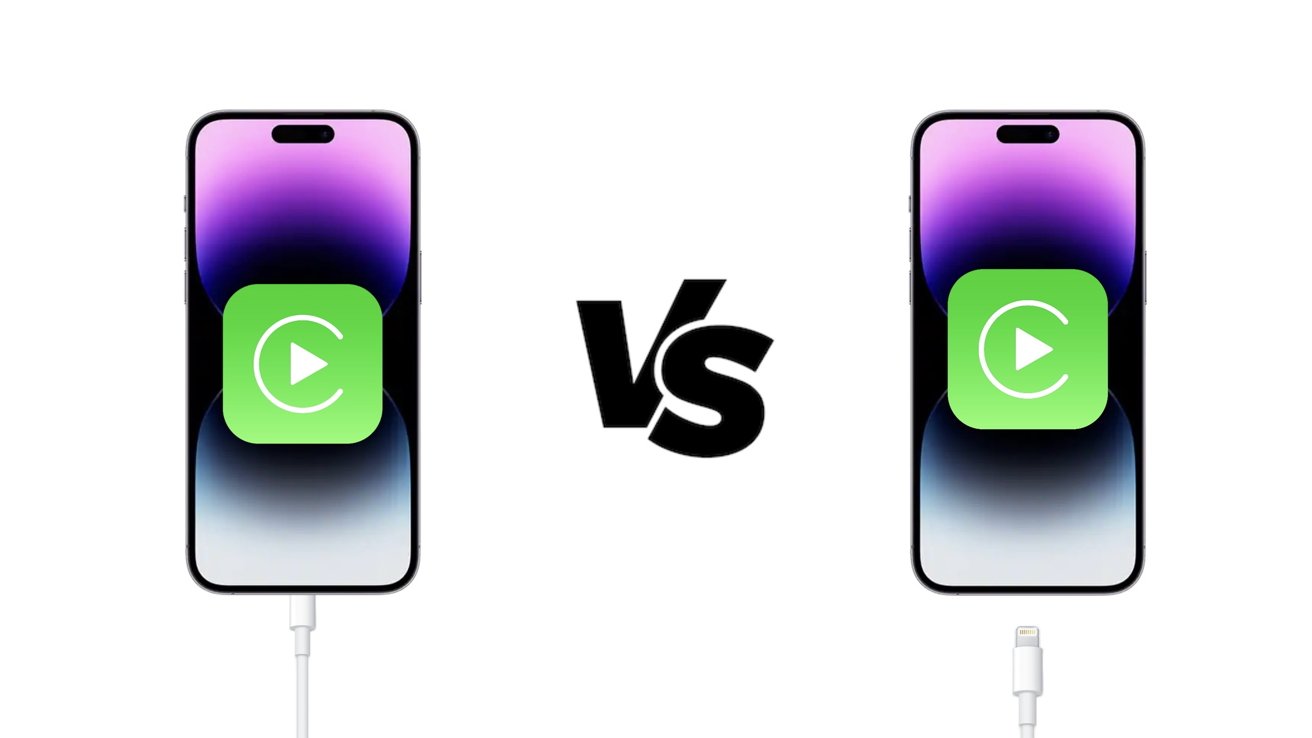
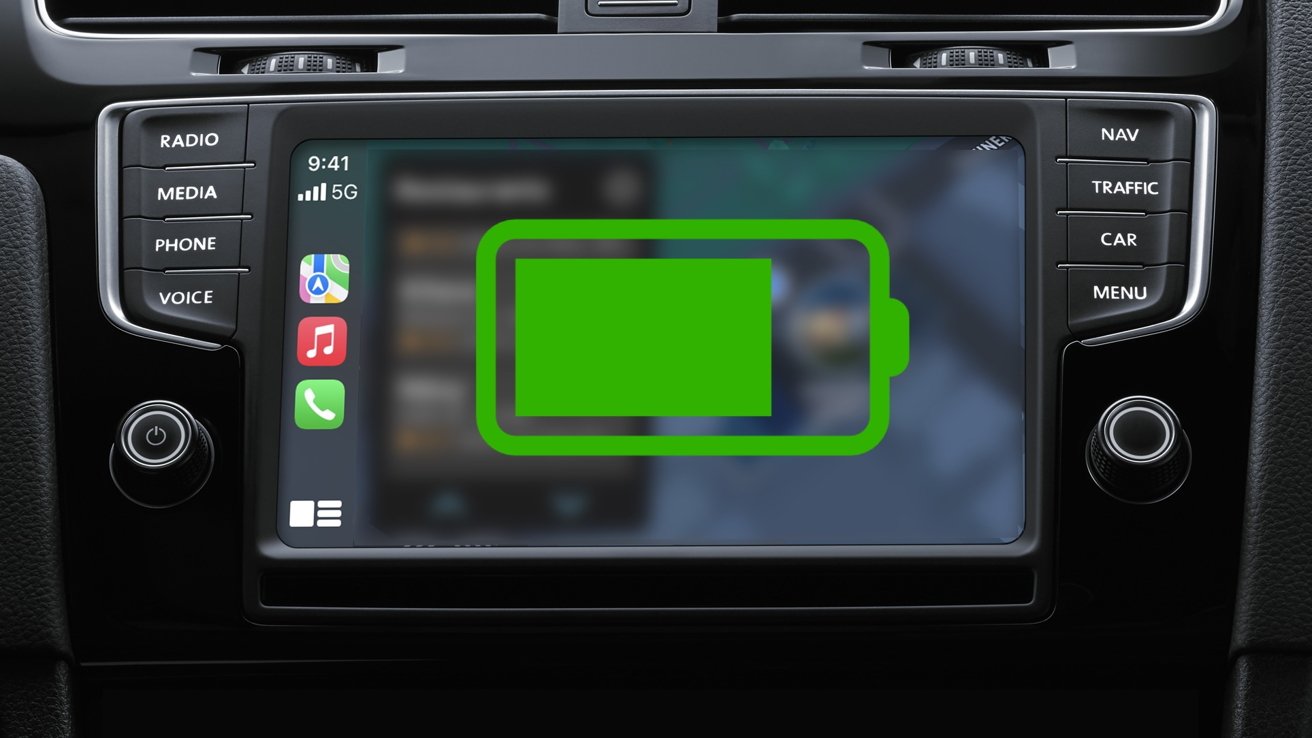
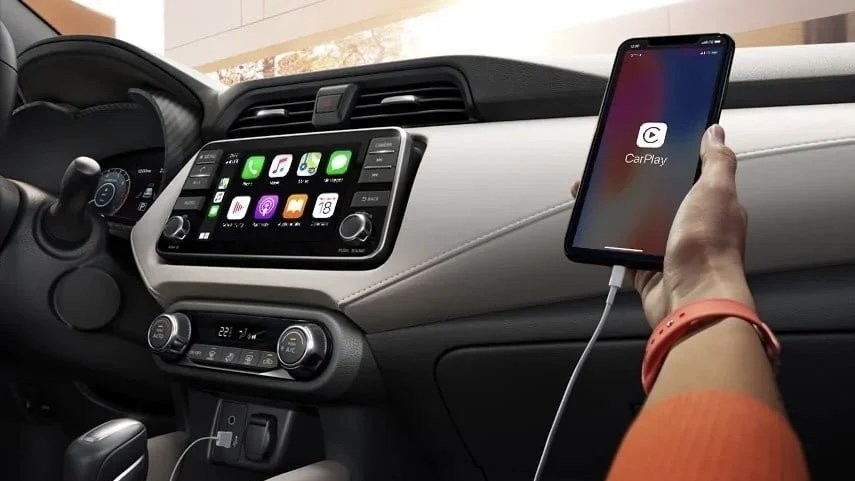
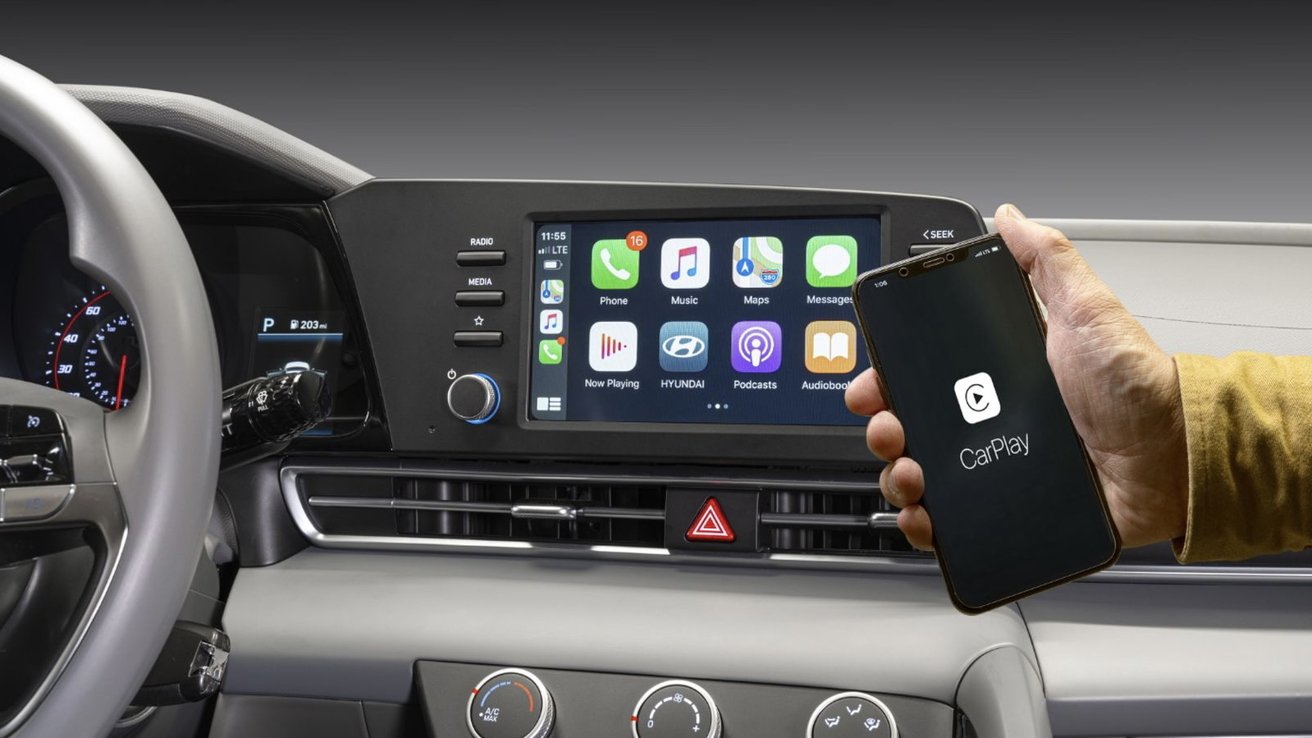
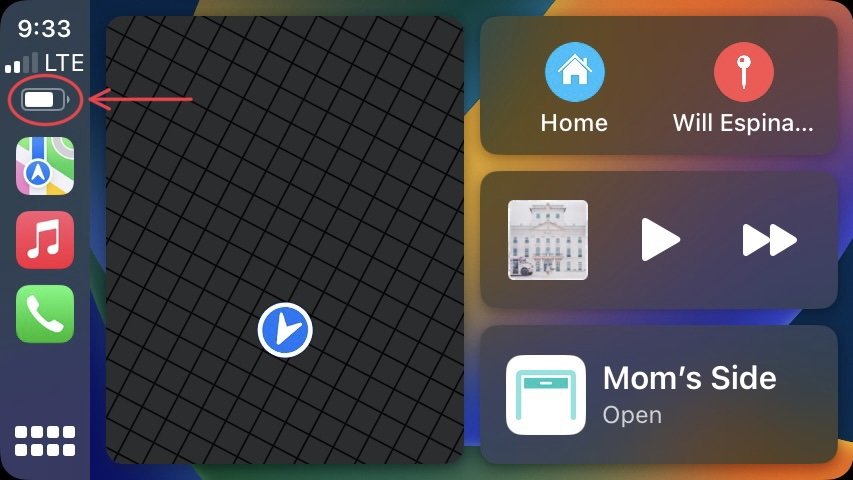
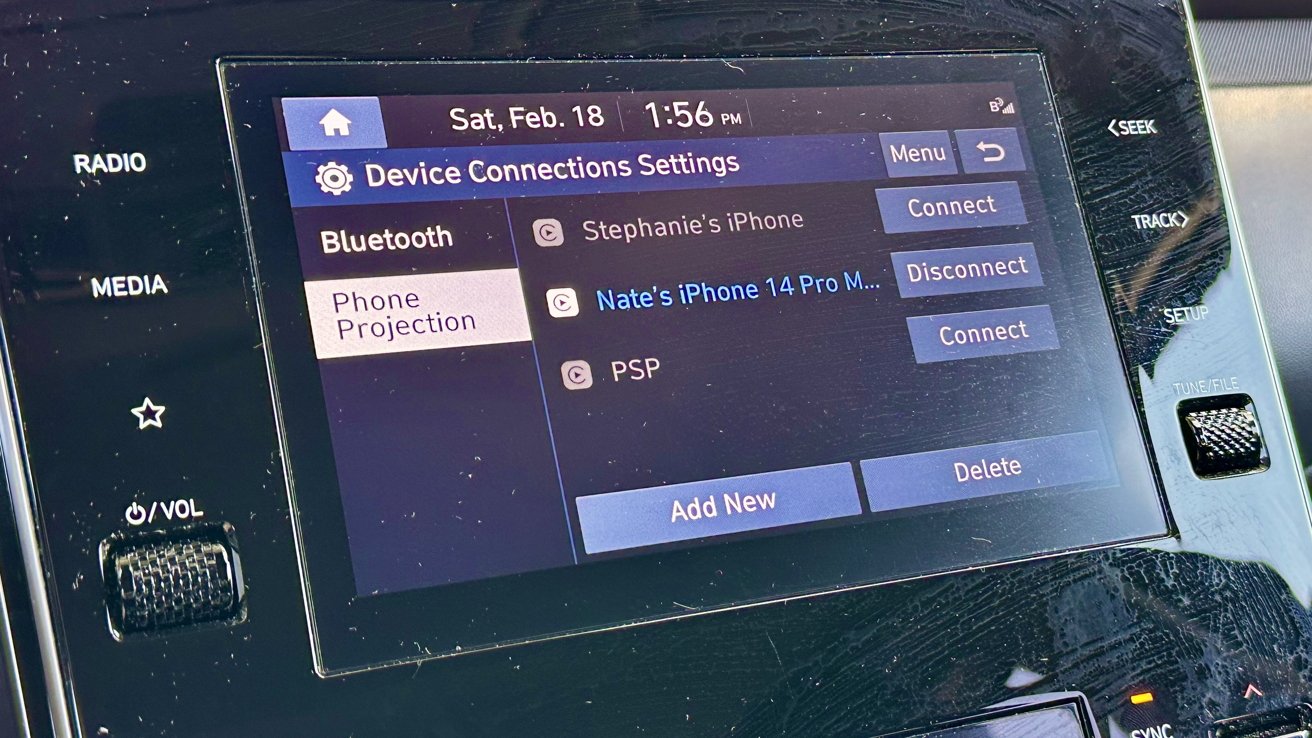
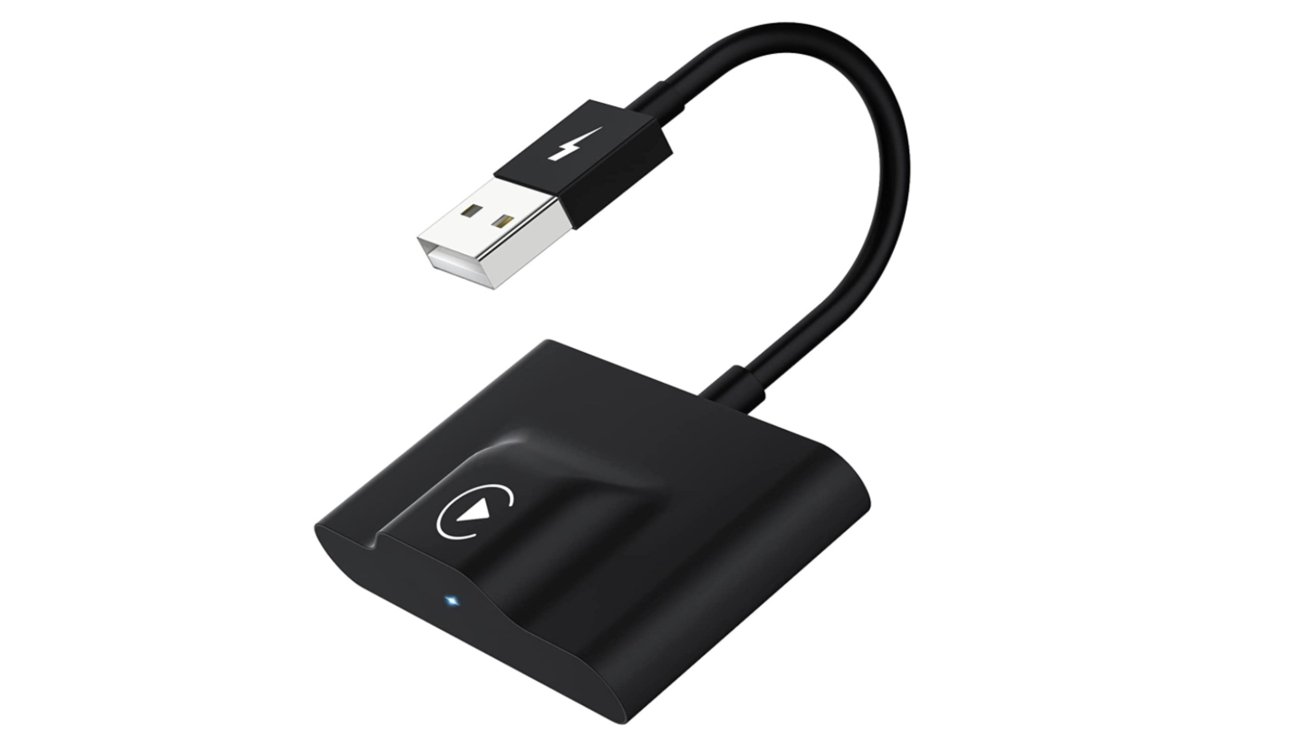







-m.jpg)






 Christine McKee
Christine McKee
 Marko Zivkovic
Marko Zivkovic
 Mike Wuerthele
Mike Wuerthele

 Amber Neely
Amber Neely
 Sponsored Content
Sponsored Content
 Wesley Hilliard
Wesley Hilliard










24 Comments
I am impressed at the length of this article.
I would also point out that in some jurisdictions being seen with a phone within cooee of the driver is a big no no, particularly for younger drivers. Having it in your bag helps avoid that problem. Heck you can even have it in the boot.
Newer iPhones (or newer versions of iOS) seem to have much less a problem of battery drain. I’m wireless charger also addresses this,although in my Hyundai with a vertical charger I have noticed the iPhone can get quite hot.
Connecting the phone you want to switch to wired is also pretty quick, overriding wireless.
If you have an older car, get either one of these! It is a huge upgrade for pretty small money!
I installed a cheap Sony head unit in my 2007 Honda Pilot for wired CarPlay. The Sony also supported a rearview camera that was about $20 on Amazon. This has vastly improved my enjoyment of the car.
If you have an Echo Auto in addition to CarPlay you need to use wired. Wireless just doesn't seem to work with that. With wired car play and echo auto you get the best of both worlds for not that much money. This statement is based on my own experience, which is pretty seamless with wired, and YMMV. I use an add on carplay screen from "Carpuride" which supports wired and wireless. Audio goes through the carplay screen to AUX on my 2008 dodge. Again, very seamless once I got the setup down.
Yes, like he said wireless charging makes the phone get hot in summer and sometimes it throttles other times it shuts down! Yes even with the AC on.
In car charger 2022 VW Tiguan